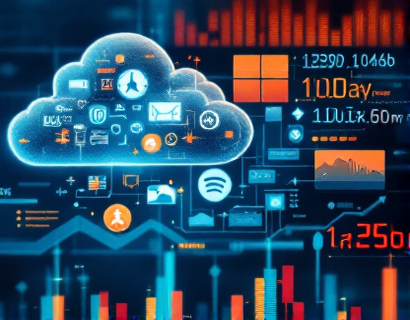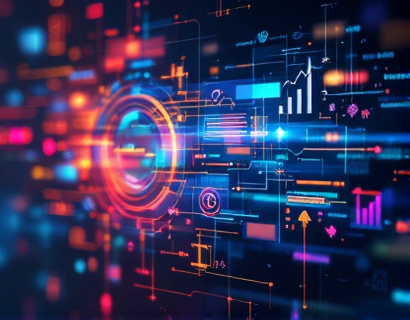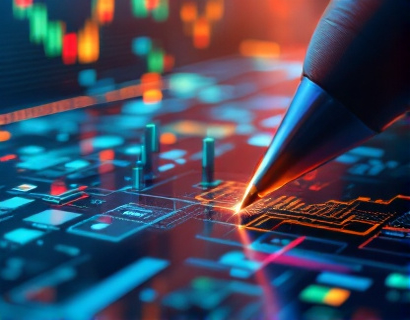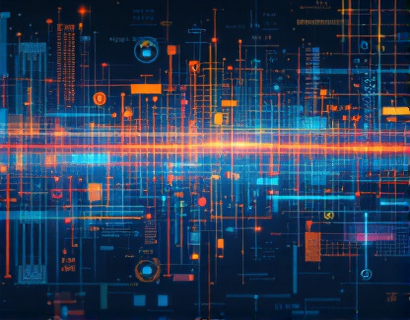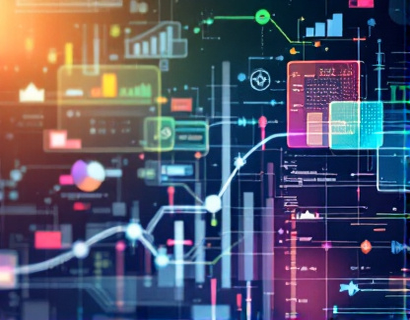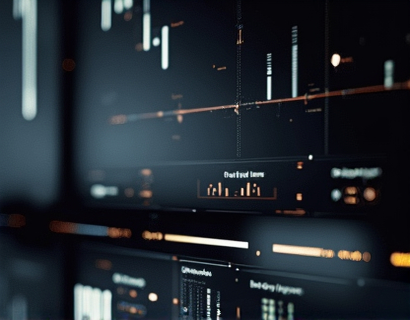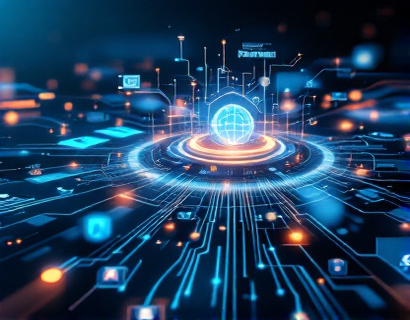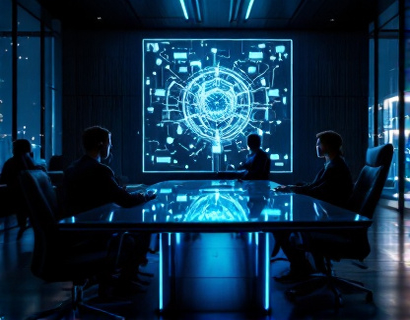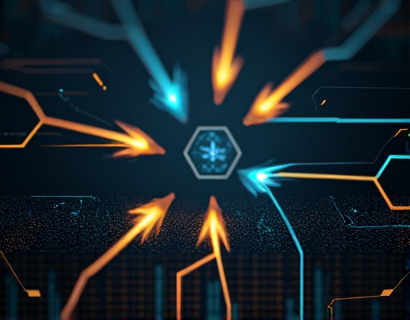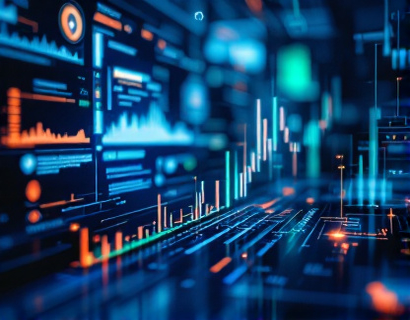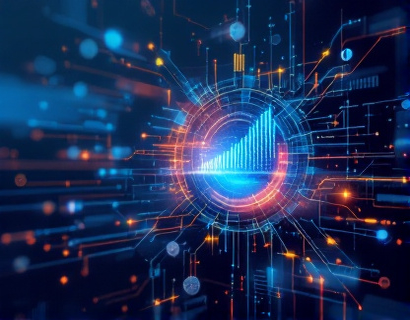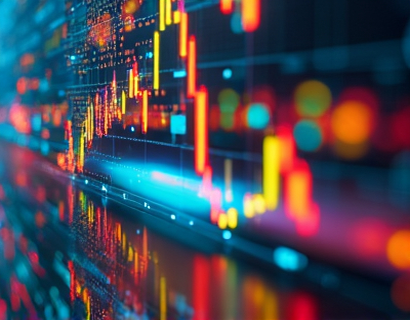Blockchain for Art: Revolutionizing the Preservation and Tracking of Historical Artifacts with Decentralized Solutions
In recent years, blockchain technology has emerged as a transformative force across various industries, and the art world is no exception. This decentralized ledger system offers a secure, transparent, and immutable way to track the authenticity and provenance of historical artifacts and artworks. The application of blockchain in the art sector is revolutionizing how collectors, museums, and cultural institutions manage and preserve their valuable assets, ensuring secure ownership and fostering trust among all stakeholders. This article delves into the ways blockchain is reshaping the art world, focusing on the preservation and tracking of historical artifacts.
The traditional art market has long been plagued by issues related to authenticity, provenance, and ownership. Forgeries, misattributions, and unclear ownership histories have been persistent challenges. These issues not only undermine the value of artworks but also pose significant risks to their preservation and cultural significance. Blockchain technology addresses these challenges by providing a decentralized and tamper-proof record of an artwork's history, from its creation to its current ownership. This transparency and security are crucial for maintaining the integrity of the art market and ensuring the long-term preservation of cultural heritage.
One of the primary ways blockchain is impacting the art world is through the creation of digital certificates of authenticity. These certificates, stored on a blockchain, provide an indisputable record of an artwork's origin, creation date, and ownership history. Each transaction involving the artwork is recorded as a new block in the chain, creating an unalterable and transparent ledger. This means that collectors and institutions can verify the authenticity of an artwork with a high degree of certainty, reducing the risk of purchasing a forgery.
Provenance, or the history of ownership and exhibition of an artwork, is another critical aspect where blockchain shines. Traditional methods of documenting provenance are often paper-based and susceptible to loss, damage, or tampering. Blockchain provides a digital and immutable record of an artwork's journey, from the artist's studio to private collections and public exhibitions. This comprehensive and verifiable provenance not only enhances the value of the artwork but also helps in resolving disputes and ensuring that the artwork has not been illicitly obtained.
The use of blockchain in tracking historical artifacts extends beyond individual artworks to entire collections and cultural heritage sites. Museums and cultural institutions can utilize blockchain to create a decentralized registry of their collections, making it easier to manage and share information. This registry can include detailed metadata such as the artifact's description, condition reports, exhibition history, and conservation records. Such a system not only streamlines internal management but also enhances transparency and accessibility for researchers and the public.
For collectors, the benefits of blockchain are manifold. Beyond ensuring the authenticity and provenance of their purchases, blockchain provides a secure and transparent way to manage ownership and transfer records. Smart contracts, self-executing contracts with the terms directly written into code, can automate the process of transferring ownership and updating records. This reduces the need for intermediaries, lowers transaction costs, and speeds up the process of buying and selling artworks. Collectors can thus engage in more confident and efficient transactions, knowing that their assets are well-documented and protected.
Cultural heritage institutions also stand to gain significantly from blockchain technology. By adopting blockchain-based systems, these institutions can collaborate more effectively, sharing data and resources in a secure and standardized manner. For example, a consortium of museums could create a shared blockchain registry for a specific type of artifact, such as ancient coins or medieval manuscripts. This would enable institutions to cross-reference and verify the authenticity and provenance of artifacts across their collections, facilitating joint exhibitions and research projects.
Moreover, blockchain can play a crucial role in the preservation of cultural heritage by providing a means to track and monitor the condition and location of artifacts. IoT devices can be integrated with blockchain to create a real-time monitoring system for environmental conditions such as temperature, humidity, and light exposure. This data, recorded on the blockchain, ensures that artifacts are stored and displayed under optimal conditions, reducing the risk of damage and degradation. In the event of a disaster or theft, the blockchain record can serve as a critical reference for recovery and restoration efforts.
The decentralized nature of blockchain also addresses the issue of centralization in the art market, where a few major players often dominate. By distributing control across a network of nodes, blockchain reduces the risk of manipulation and fraud. This democratization of the art market can lead to a more inclusive and diverse ecosystem, where emerging artists and collectors have greater opportunities to participate and thrive. The transparency and trust fostered by blockchain can help level the playing field, promoting a more equitable art world.
Despite its potential, the adoption of blockchain in the art world is not without challenges. One of the primary hurdles is the technical complexity of the technology, which can be daunting for those unfamiliar with it. Education and training are essential to help artists, collectors, and institutions understand and leverage blockchain effectively. Additionally, the scalability and interoperability of blockchain platforms need to be addressed to ensure seamless integration and widespread adoption.
Another challenge is the regulatory landscape. The art market operates in a complex web of international laws and regulations, and the use of blockchain introduces new legal considerations. Issues such as data privacy, intellectual property rights, and cross-border transactions require careful navigation. Collaboration between blockchain developers, legal experts, and regulatory bodies is necessary to create a framework that supports innovation while protecting all stakeholders.
Looking to the future, the integration of blockchain with other emerging technologies such as artificial intelligence and the Internet of Things (IoT) holds even greater promise for the art world. AI can enhance the analysis and authentication of artworks by identifying patterns and anomalies that may indicate forgery. IoT devices can provide continuous monitoring of environmental conditions, ensuring the long-term preservation of artifacts. Together, these technologies can create a comprehensive and intelligent system for managing and protecting cultural heritage.
In conclusion, blockchain technology is poised to revolutionize the preservation and tracking of historical artifacts and artworks. By providing a secure, transparent, and decentralized method for documenting provenance and ownership, blockchain addresses long-standing issues in the art market. This technology not only enhances the value and integrity of artworks but also fosters collaboration and trust among collectors, museums, and cultural institutions. As the art world continues to embrace blockchain, we can expect a more resilient and inclusive future for cultural heritage preservation.



